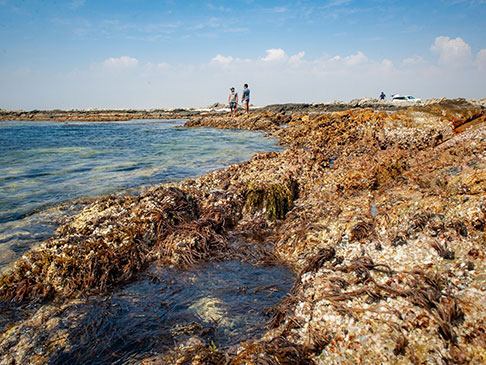This scientific research project formed part of collaboration between the Ichthyology and Genetic Section at the Australian Museum (AM), Assistant Professor Alyssa Marshell at Sultan Qaboos University (SQU) in Oman, and the TrEnD Lab at Curtin University. The field work and two-day workshop, which took place between November and December 2018, would not have happened without the timely funding provided by the Department of Foreign Affairs and Trade (DFAT) Council for Australian-Arab Relations (CAAR). This proof of concept project shows that AMs scientific capacity is invaluable in building partnerships with other nations and can be a powerful tool in diplomacy. There are few funding outlets for this kind of work, and so CAAR provides an excellent platform for cooperation.
We were able to collect 775 fish specimens, representing 185 species, via SCUBA diving, snorkelling, and fish market purchases in Oman during our November-December 2018 research trip. The fish are now registered in the AM database, specimens and genetic tissues preserved for long-term storage, and all are available to the public. We are now working on transferring duplicate specimens and genetic tissues, now that they had been identified by international fish experts, back to the Oman Natural History Museum (ONHM) and Oman Animal & Plant Genetic Resources Center (OAPGRC) to act as a regional repositories. The more innovative environmental DNA (eDNA) component of the project involving identifying fish species from seawater samples, based solely on the DNA sequences isolated from within them, is ongoing.
The workshop hosted by SQU as part of this project 4 to 5 December 2018 was a great success. We had over 50 participants and presenters, including local representatives from SQU staff and students, Ministry of Environment and Climate Affairs (MECA), Ministry of Agriculture and Fisheries Wealth (MAFW), OAPGRC, ONHM, and the Environmental Society of Oman (ESO). International representatives came from several institutions, including the AM, King Abdullah University of Science and Technology in Saudi Arabia, New York University Abu Dhabi, Chabahar Maritime University in Iran, Curtin University in WA, and University of New England in NSW.









